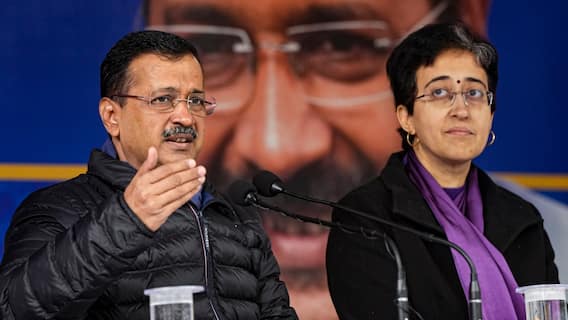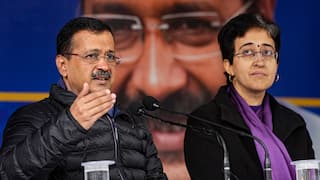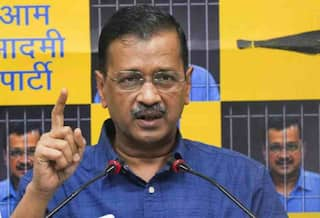Upcoming Budget To Likely Boost Allocations For Farm Sector Schemes And Enhance Rural Economy, Say Experts
In 2019 interim Budget, released ahead of the 2019 general elections, the govt launched the PM-Kisan Samman Nidhi scheme, which provided financial assistance up to Rs 6,000 to small farmers annually

The government could significantly increase the allocation for crucial farm sector schemes and boost credit in the upcoming Interim Budget to push the rural economy, experts noted ahead of the Budget.
Finance Minister Nirmala Sitharaman will present the Budget on February 1, 2024, ahead of the 2024 Lok Sabha elections. Notably, growth in the agriculture sector is estimated to slow down to 1.8 per cent in the current fiscal year, from 4 per cent a year ago, reported PTI.
In the previous interim Budget of 2019, released ahead of the general elections held that year, the government launched the PM-Kisan Samman Nidhi scheme, which provided financial assistance up to Rs 6,000 to small farmers annually. Analysts noted that there are projections that the quantity of assistance could increase in the upcoming Budget keeping given the elections ahead.
Further, the government could potentially announce a major increase in the agricultural credit target to Rs 22-25 lakh crore for the upcoming fiscal year and ensure that every eligible farmer has access to formal credit, the report noted. The government’s agri-credit target for the ongoing fiscal year is Rs 20 lakh crore and as of December 2023, 82 per cent of the fiscal target has been achieved.
Chandrajit Banerjee, Director General, CII (Confederation of Indian Industry), noted, “Agriculture and rural segments should be a key priority to drive inclusive growth in the interim Budget. In agriculture, warehousing must be promoted to reduce wastage. Coverage of electronic Negotiable Warehouse Receipts (eNWRs) must be increased, and we have recommended allowing them to be used to access finance, trading, and settlement of trade.”
The industry body also stated that the country needs to adapt fertiliser subsidies directly as cash transfers to the farmers. Gaurav Manchanda, founder and MD, The Organic World, said, “India needs budgetary support and stronger Farmer Producer Organisations (FPOs) to optimise operations and tap into emerging market opportunities. Higher farm insurance outlays, greater investment in rural employment schemes, better irrigation facilities, and improved rural infrastructure can make a huge difference.”
Notably, in the 2023-24 Union Budget, the Finance Minister allocated Rs 1.25 lakh crore to the Ministry of Agriculture and Farmers’ Welfare, a much higher amount than the allocation of Rs 27,662.67 crore made in 2013-14.
Regarding the expectations for the forthcoming Budget, M K Dhanuka, MD, Dhanuka Agritech, noted, “The government will continue the initiatives taken for the promotion of agriculture. Specifically, we expect some increase in PM-Kisan Samman Nidhi and enhanced rural spending, potentially manifesting in larger allocations for established rural schemes. Improving rural infrastructure is likely to remain a prominent government priority.”
In the previous Budget, the PM-Kisan scheme was allocated Rs 60,000 crore. As of November end 2023, under the scheme, over Rs 2.81 lakh crore have been released to over 11 crore farmers via Direct Benefit Transfer (DBT).
Speaking on another aspect of the agriculture sector, Ajai Rana, Chairman, the Federation of Seed Industry of India (FSII), and CEO, Savannah Seeds, stated, “There is no denying that to improve productivity and farmers' income, we need more innovation. In this backdrop, a policy which encourages the protection of intellectual property and foreign investment would be helpful as this will encourage more players to invest in India benefiting our economy, farmers, and overall productivity.”
CII also recommended that food and fertiliser subsidies should be rationalised by better targeting and efficient utilisation. The industry body stated that the present food subsidy programme is based on data available from the ‘Household Consumer Expenditure Survey 2011-12’ and it urged the use of current data to better target the subsidies, in line with economic growth.
Also Read : Apparel Exporters Request Tax Incentives In Budget To Enhance Manufacturing
Trending News
Top Headlines







































